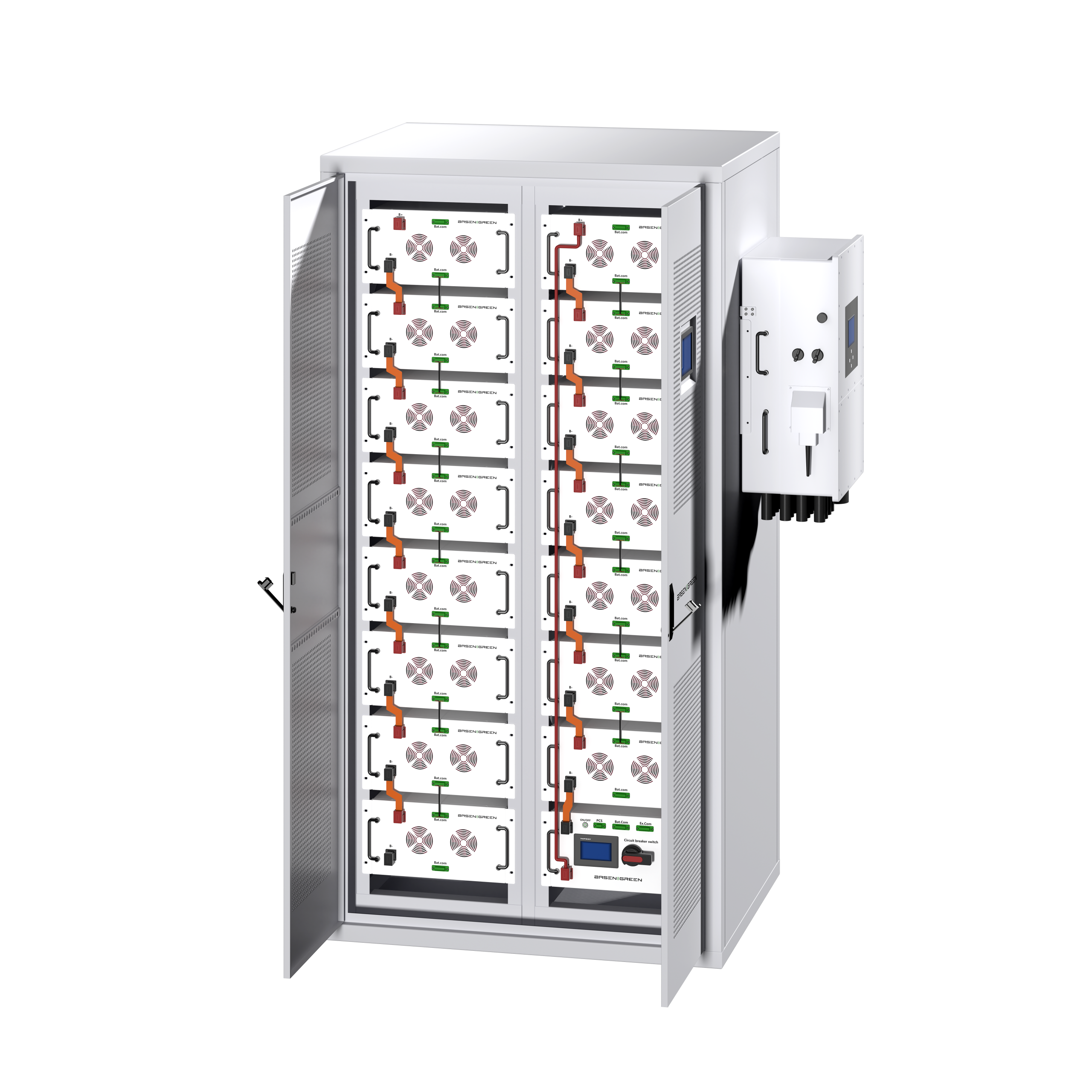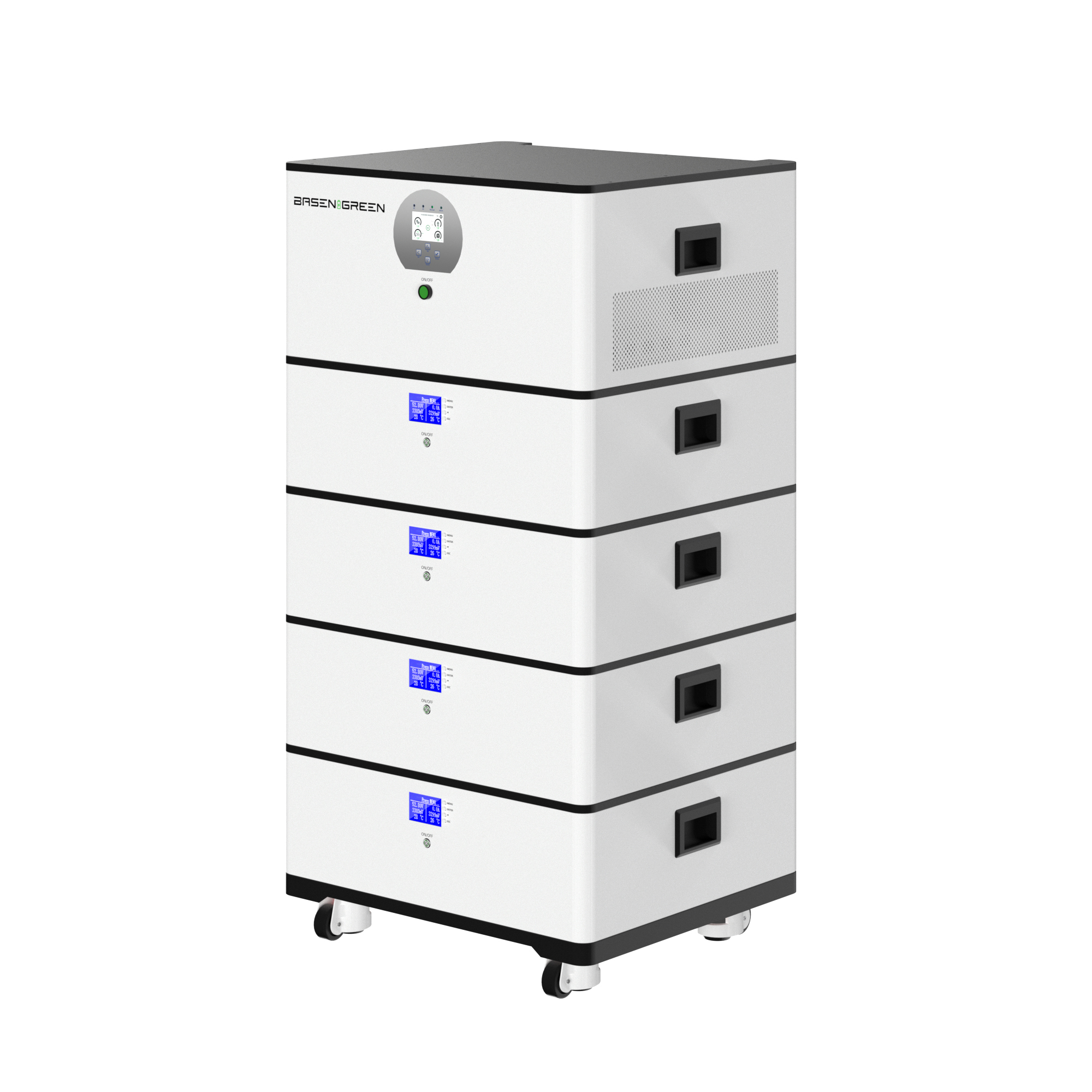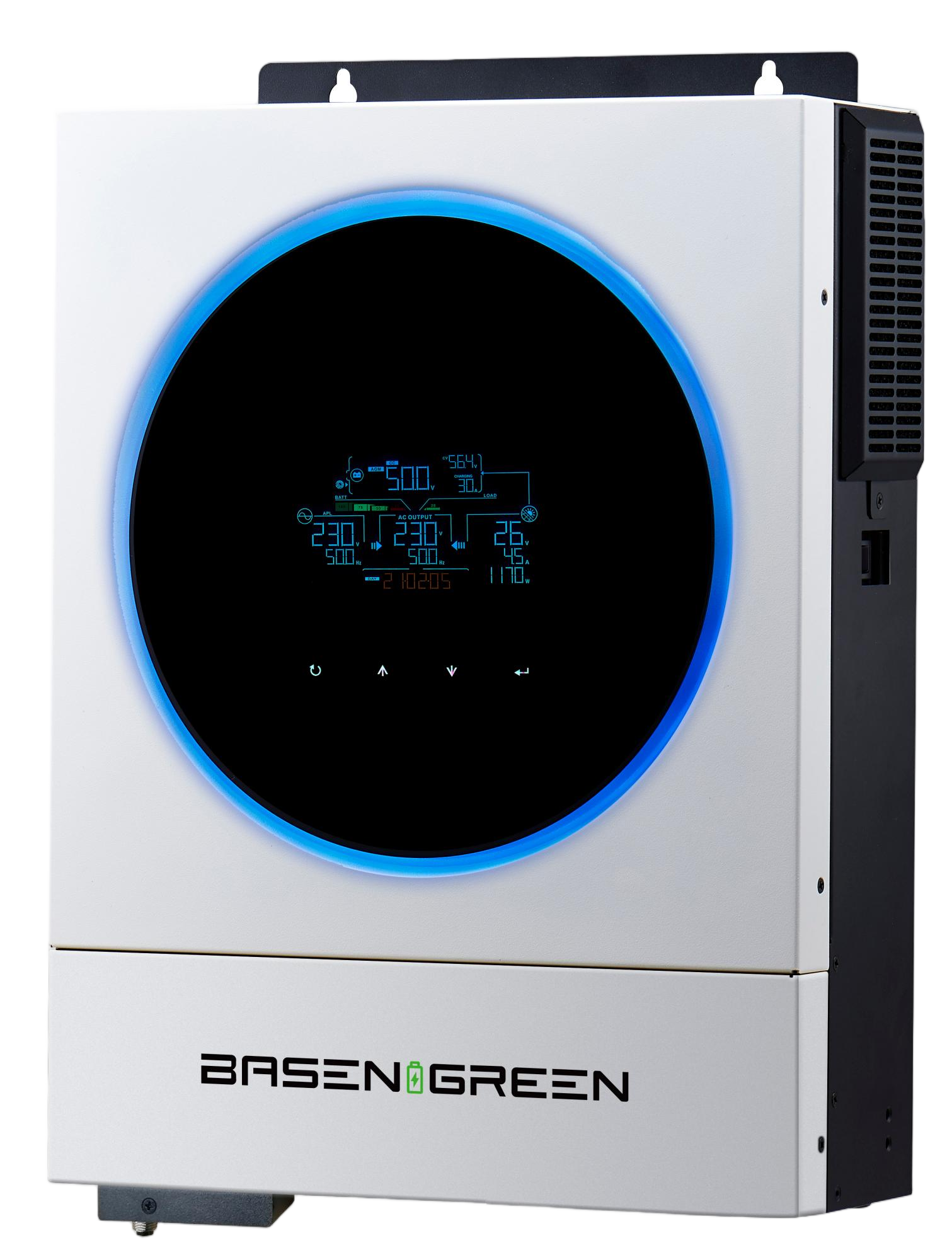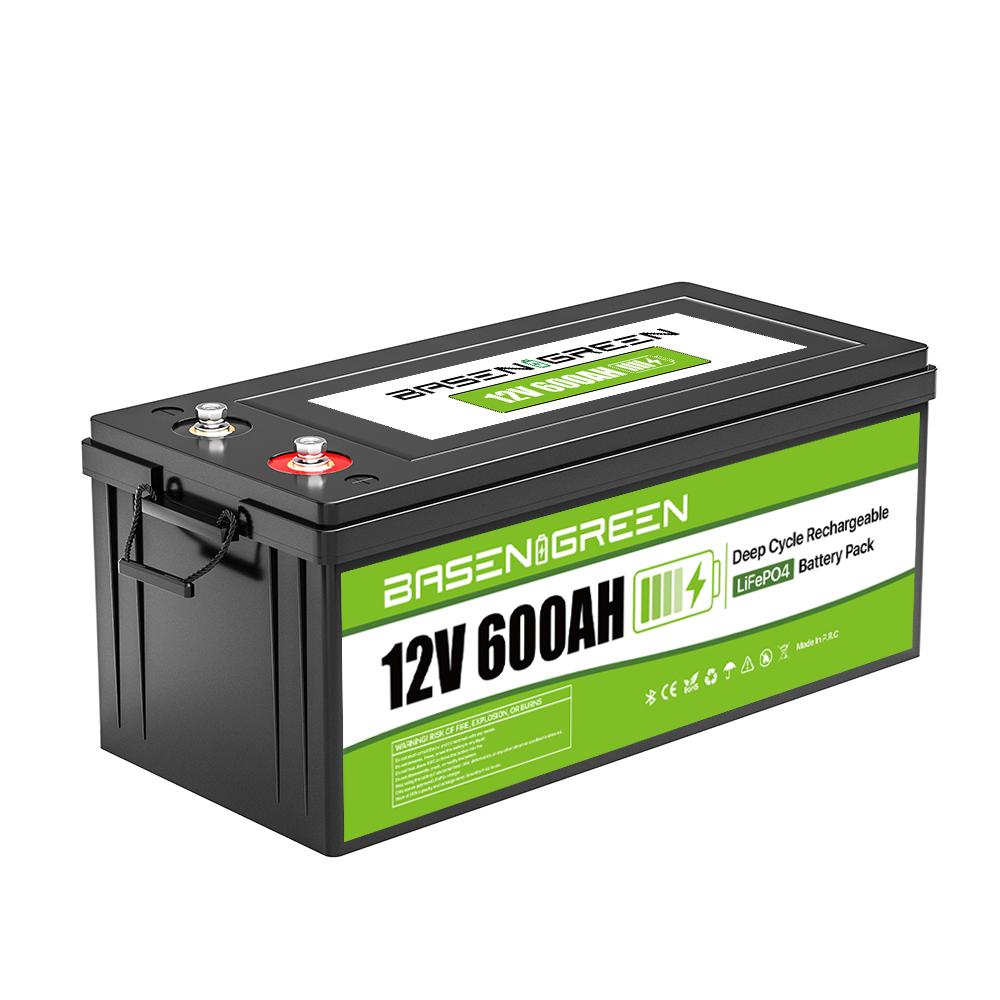V2H (Vehicle-to-Home) Support in Bidirectional SunGrow Inverters: A Comprehensive Guide
In the realm of renewable energy and sustainable living, the integration of advanced technologies is becoming increasingly essential. One such innovation is the Vehicle-to-Home (V2H) system, which allows electric vehicles (EVs) to supply power to a household during times of energy demand or grid outages. This cutting-edge technology is further enhanced by bidirectional inverters, such as those manufactured by SunGrow, which enable seamless energy flow between the vehicle and the home. , we will explore the concept of V2H, the role of bidirectional inverters, and how SunGrow inverters are leading the way in this transformative energy solution.
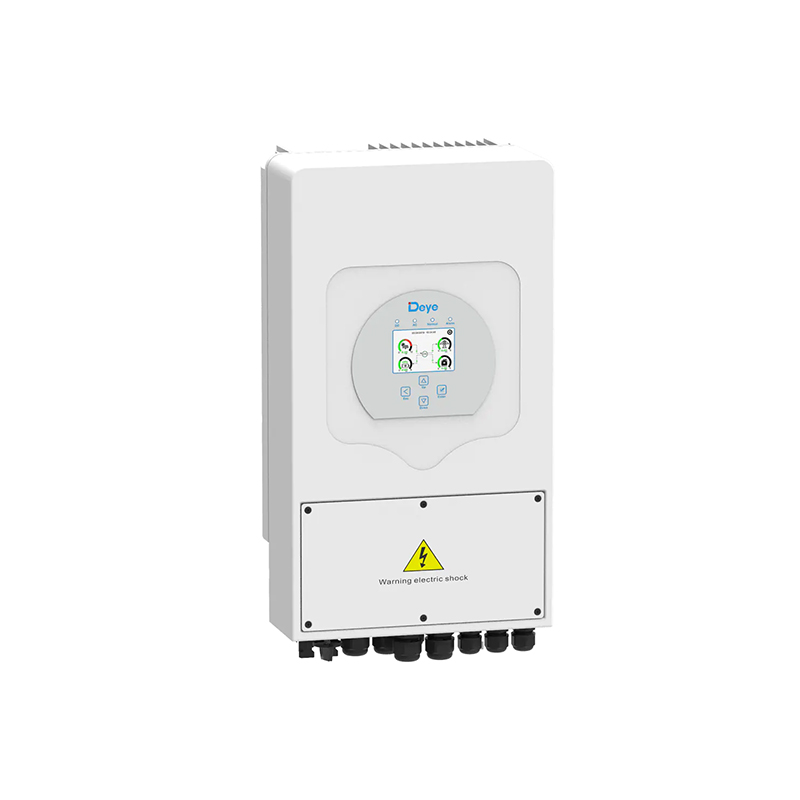
What is V2H (Vehicle-to-Home)?
V2H is a system that enables electric vehicles to act as a secondary power source for a household. When the main power grid is unavailable or during peak energy usage, the stored electricity in the EV’s battery can be used to power household appliances and devices. This not only reduces reliance on the grid but also helps in managing energy costs and promoting sustainability.
The V2H system typically consists of an EV, a bidirectional inverter, and a home energy management system. The inverter acts as a bridge between the EV’s battery and the household electrical system, converting the DC power stored in the battery to AC power that can be used by household appliances. Additionally, the energy management system ensures optimal energy distribution and consumption, maximizing the efficiency of the V2H setup.
The Role of Bidirectional Inverters in V2H
Bidirectional inverters are a critical component of the V2H system. Unlike traditional inverters, which can only convert DC power to AC power and feed it into the grid, bidirectional inverters can also convert AC power back to DC power and charge the EV’s battery. This bi-directional capability is what makes the V2H system feasible.
SunGrow inverters are at the forefront of this technology, offering inverters that are specifically designed to support V2H applications. These inverters are equipped with advanced features that allow them to handle the complexities of energy flow between the EV and the home. They are capable of efficiently managing the conversion process, ensuring that energy is delivered smoothly and safely to the household.
How SunGrow Inverters Enable V2H
SunGrow inverters are engineered to provide reliable and efficient V2H support. Here’s how they work:
Energy Conversion: SunGrow inverters can convert the DC power from the EV’s battery into AC power that can be used by household appliances. This conversion is done with high efficiency, minimizing energy loss.
Charging: When the EV is plugged into the home, the inverter can also convert AC power back to DC power to charge the EV’s battery. This ensures that the EV remains powered and ready for use, even when it is not connected to a public charging station.
Energy Management: SunGrow inverters are equipped with intelligent energy management systems that optimize the flow of energy between the EV and the home. These systems ensure that the household receives the necessary power during peak demand while also preventing overcharging of the EV’s battery.
Grid Compatibility: SunGrow inverters are designed to work seamlessly with the existing power grid. They can switch between grid power and V2H power automatically, ensuring a stable and continuous supply of energy to the household.
Benefits of V2H with SunGrow Inverters
The integration of V2H with SunGrow inverters offers numerous benefits, including:
Energy Independence: By utilizing the stored energy in the EV’s battery, households can reduce their dependence on the grid, especially during power outages or emergencies.
Cost Savings: V2H systems can help reduce energy costs by lowering the reliance on grid power. Additionally, the ability to charge the EV using solar energy or off-peak grid electricity can further reduce energy expenses.
Sustainability: V2H systems contribute to a more sustainable energy future by reducing the overall carbon footprint. By using renewable energy sources to power the home and charge the EV, households can significantly lower their greenhouse gas emissions.
Increased EV Uptime: With SunGrow inverters, EV owners can ensure that their vehicles are always charged and ready for use, even when they are not near a charging station.
Challenges and Considerations
While V2H with SunGrow inverters offers numerous advantages, there are also some challenges and considerations that need to be addressed:
Battery Degradation:频繁地充放电可能会导致电动汽车电池寿命缩短。因此,在使用V2H系统时,需要合理管理电池的充放电次数,以确保电池的长期健康。
Initial Cost: The installation of a V2H system, including the bidirectional inverter, can be expensive. However, the long-term savings and benefits often outweigh the initial investment.
Technical Complexity: The integration of V2H systems requires advanced technical knowledge and expertise. Homeowners may need to work with qualified professionals to ensure the proper installation and operation of the system.
Regulatory Compliance: In some regions, there may be regulations and codes that need to be followed when installing V2H systems. It is important to consult with local authorities and professionals to ensure compliance.
The Future of V2H and SunGrow Inverters
As the demand for sustainable energy solutions continues to grow, the V2H system is poised to play a significant role in the future of energy management. With advancements in technology, bidirectional inverters like those from SunGrow are becoming more efficient and accessible. The integration of V2H with renewable energy sources, such as solar panels, is expected to further enhance the system’s capabilities and benefits.
In conclusion, the V2H system, supported by SunGrow inverters, represents a groundbreaking advancement in the field of renewable energy and sustainable living. By enabling households to utilize the stored energy in their electric vehicles, this technology offers a pathway to greater energy independence, cost savings, and environmental sustainability. As the technology continues to evolve, it is likely to become an essential component of modern energy systems worldwide.


